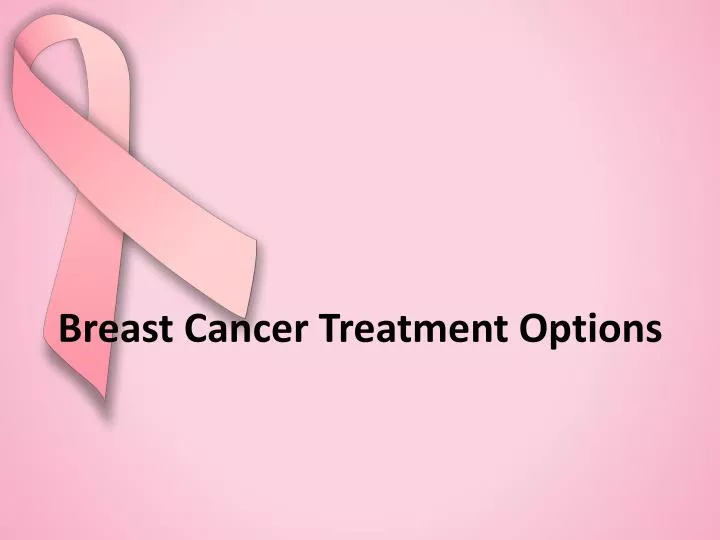
Breast cancer treatment by stage
Stage 0 (DCIS)
If precancerous or cancer cells are confined to the milk ducts, it’s called noninvasive breast cancer or ductal carcinoma in situ (DCIS).
Stage 0 breast cancer can become invasive and spread beyond the ducts. Early treatment can stop you from developing invasive breast cancer. Early treatment can include surgeries like lumpectomy and mastectomy followed by radiation.
Stage 1
Stage 1A breast cancer means the primary tumor is 2 centimeters or less and the axillary lymph nodes aren’t affected. In stage 1B, cancer is found in lymph nodes and there’s no tumor in the breast or the tumor is smaller than 2 centimeters.
Both 1A and 1B are considered early stage invasive breast cancers. Surgery and one or more other therapies, like radiation or hormone therapy, may be recommended.
Stage 2
In stage 2A, the tumor is smaller than 2 centimeters and has spread to between one and three nearby lymph nodes. Or, it’s between 2 and 5 centimeters and hasn’t spread to lymph nodes.
Stage 2B means the tumor is between 2 and 5 centimeters and has spread to between one and three nearby lymph nodes. Or it’s larger than 5 centimeters and hasn’t spread to any lymph nodes.
You’ll probably need a combination of surgery, chemotherapy, and one or more of the following: targeted therapy, radiation, and hormone treatment.
Stage 3
Treatment for stage 3 typically involves a combination of treatments including:
Systemic therapies. Systemic therapies include chemotherapy, targeted therapy for HER2-positive cancers, and hormone therapy for hormone receptor-positive cancers.
Surgery. If cancer improves with chemo, the next step is surgery. Because IBC is so aggressive and affects a large area of the breasts and skin, breast-conserving surgeries like lumpectomies and partial mastectomies are not an option. Instead, surgery typically involves the removal of the entire breast through a modified radical mastectomy. If cancer doesn’t respond to chemotherapy, surgery cannot be done and other chemotherapy drugs or radiation therapy will be used.
Radiation therapy. Radiation treatment given after surgery, called adjuvant radiation, can lower the chances that cancer will come back.
Stage 4
People with stage 4 are primarily treated with systemic therapy, although surgery and radiation may be options in certain situations. Systemic therapy may include:
chemotherapy
hormonal therapy (for hormone receptor-positive cancers)
targeted therapy (for HER2-positive cancers)
Inflammatory breast cancer treatment
Inflammatory breast cancer (IBC) is an uncommon and aggressive type of breast cancer caused by cancer cells blocking lymph vessels in the skin.
All IBC cases are classified as at least stage 3 breast cancer. If the cancer is metastatic (has spread to other parts of the body), it’s considered stage 4.
Treatments for IBC depend on what stage the cancer is in.
Immunotherapy as an emerging treatment
Immunotherapy is a relatively new treatment option, and while it hasn’t been approved by the Food and Drug Administration (FDA) for breast cancer yet, it’s a promising area.
Immunotherapy works by raising the body’s natural defenses to fight off the cancer. It has fewer side effects than chemotherapy and is less likely to cause resistance.
Pembrolizumab is an immune checkpoint inhibitor. It’s a type of immunotherapy that has shown particular promise in the treatment of metastatic breast cancer.
It works by blocking specific antibodies that make it harder for the immune system to fight the cancer. This allows the body to fight back more efficiently. A 2016 study found 37.5 percent of patients with triple-negative breast cancer saw a benefit from the therapy.
Because immunotherapy isn’t FDA approved yet, treatment is mostly available through clinical trials at this time.